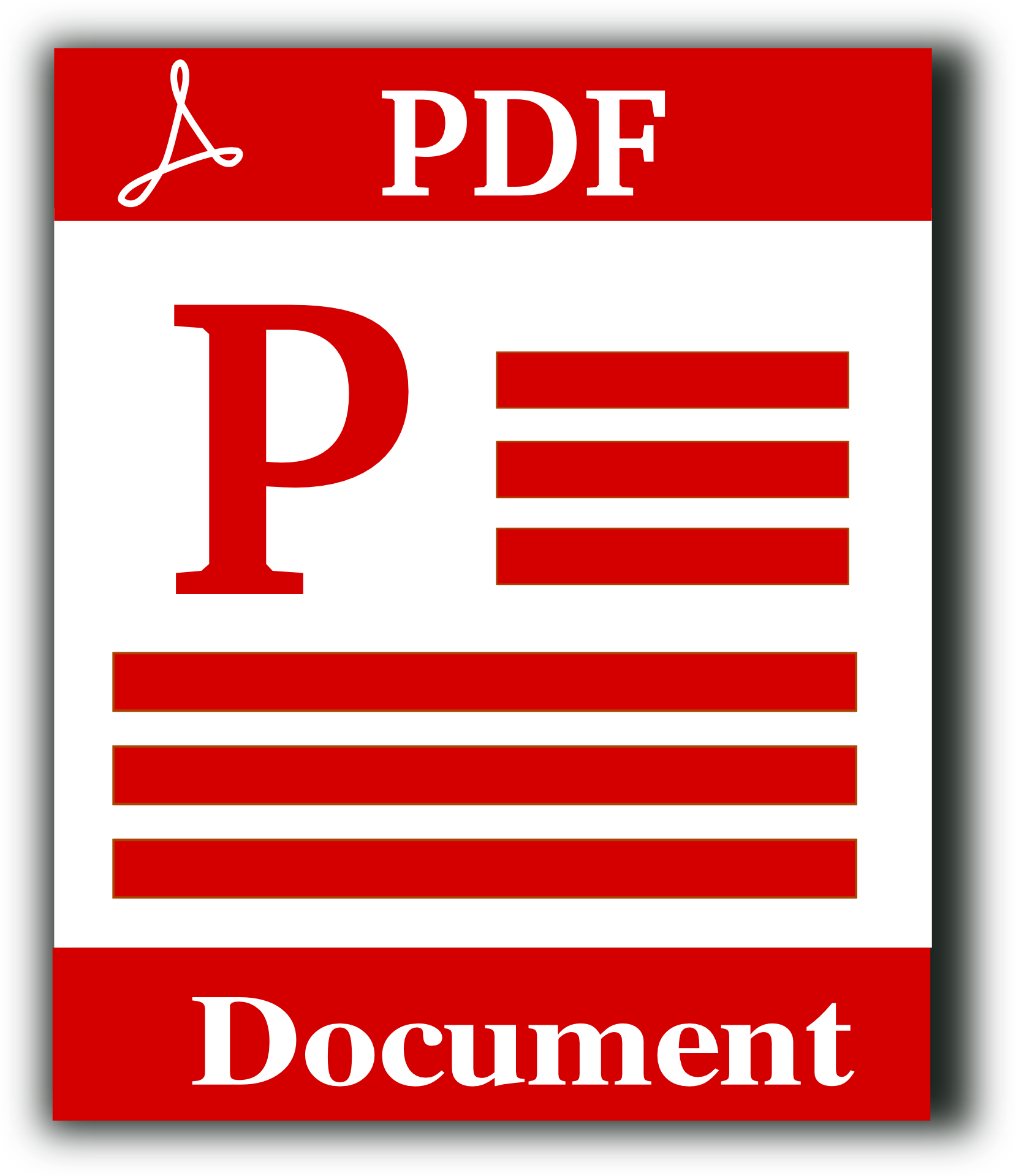There are only 100 million people using Mac computers, compared to 400 million Windows 10 users. So, if you are one of the few who have switched to a Mac you might need some help navigating its features.
Luckily, many of the applications are similar to Windows and are easy to learn. Read on to find out how to use Pages, Mac’s free document creator.
Using a Template
If you go through the Apple Pages tutorial using the help menu, the first option you will notice is the abundance of templates.
You can also see these options when you open Pages and click on New Document. There are templates for letters, books, resumes, or a blank starting page.
A great feature is a note-taking template that automatically adds the date, a title header, and subject line as well as a formatted outline for you to quick shorthand. This is perfect for college students to take organized notes.
Do you want Pages to automatically open a certain template when launching the application? Many people prefer to use a blank document instead of having to choose among several templates.
If you want to do the same, then go to the preferences tab on the Pages menu. Go to General > New Documents and choose Use Template.
Customizing your Toolbar
A nice way to learn the functions in Apple Pages is to personalize your toolbar. This feature is unique to Mac, so take advantage of this customization option.
Under the “View” menu choose “Customized Toolbar”. You can drag and drop the icons into your previewed toolbar just like on a smartphone. Remove options from the toolbar by dragging them to the app section.
If you want to change the toolbar back to its default setting then simply drag and drop the pre-made toolbar located at the bottom of the app page.
Live Collaboration
Available on a Mac or Pages for iPhone 11 or higher is a feature similar to Google Docs. It allows you to send a link to a document or invite people to view your document in live time.
Choose whether your colleagues can edit or simply view your document. Remove these permissions at any time.
The only catch is that to use this feature you and your invitees must be signed in to your iCloud account. Changes made to the document will be saved on iCloud as well.
Easily keep track of who is editing your document and what edits were made by clicking on the name of the participant. Or you can view the colored cursor or colored area to see who is making the change in real-time.
You can then choose which version of the document you like best. If more than one version is saved then the most recent changes will show. Convert the document to either DOC or DOCX to share it with Windows users.
Adding Unique Bullet Points
If you have ever used the bullet point feature on Microsoft Word then you know that there aren’t many options. Everyone ends up using the dot, square, or arrow in their document or presentation.
Mac Pages makes life more interesting with the addition of custom bullet points. You can use any image on your computer to create a unique bullet. Unfortunately, this feature isn’t available on the Apple Pages app.
On the Mac, highlight the text that you want to bullet. Go to the Bullets & Lists section on the side toolbar. Click on the gray arrow to reveal more options. Choose Image from the first drop-down and Image Bullets from the next drop-down.
Under “Current Image”, you will see many built-in bullets that you can customize. Or click on Custom Image to choose a saved picture from your computer.
Setting Autocorrection Options
The backspace bar is the third most used key mainly due to spelling errors. Pages can help you eliminate the time consumed by fixing errors with its array of autocorrect features.
Go to Pages>Preferences and choose auto-correction from the top menu.
You will see the first option is to turn on or off the auto-spelling and capitalization options. These are defaulted to stay on which will allow Pages to change commonly misplaced words and capitalize proper nouns.
Next to these options, you will see a great feature. You can tell Pages which words to ignore when spelling and capitulation are turned on. This works well if you have a company name that you don’t want Pages to correct.
This menu also allows you to auto-format and replace text with common symbols without having to search for them.
Easily Get More Help
No matter how overwhelmed you are when first use your new computer there is always the Mac Pages help menu to get your questions answered.
You will also find keyboard shortcuts in the help menu to streamline your workflow. In addition, look for new features under the What’s New in Pages section. You will be able to see all the upgrades from past versions of Pages to explore.
How To Use Pages and Share With Windows Users
When you learn how to use Pages, the most important task is to make it sharable with your friends, family, colleagues, and the rest of the world. Just because you are the minority as a Mac user, doesn’t mean you have to isolate your work.
Learn why it is so essential to convert your Pages document so they are compatible with Word and other Microsoft programs.









